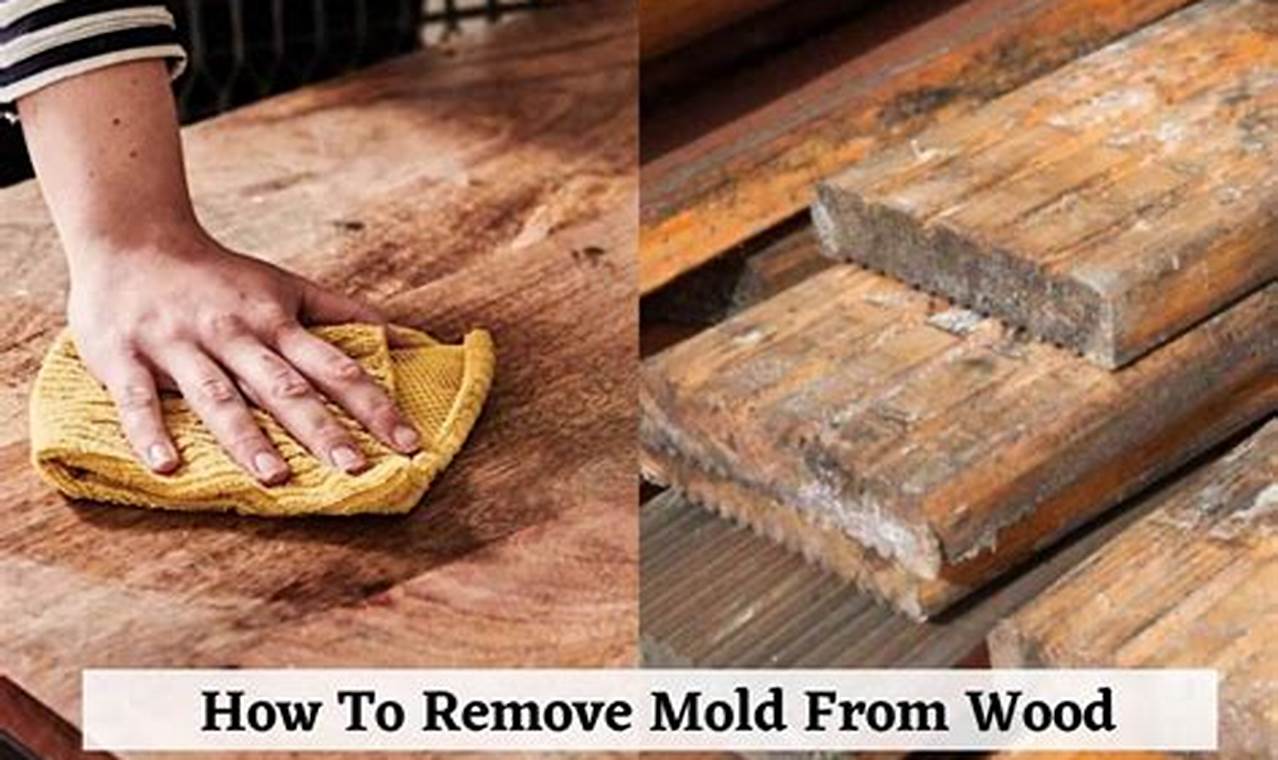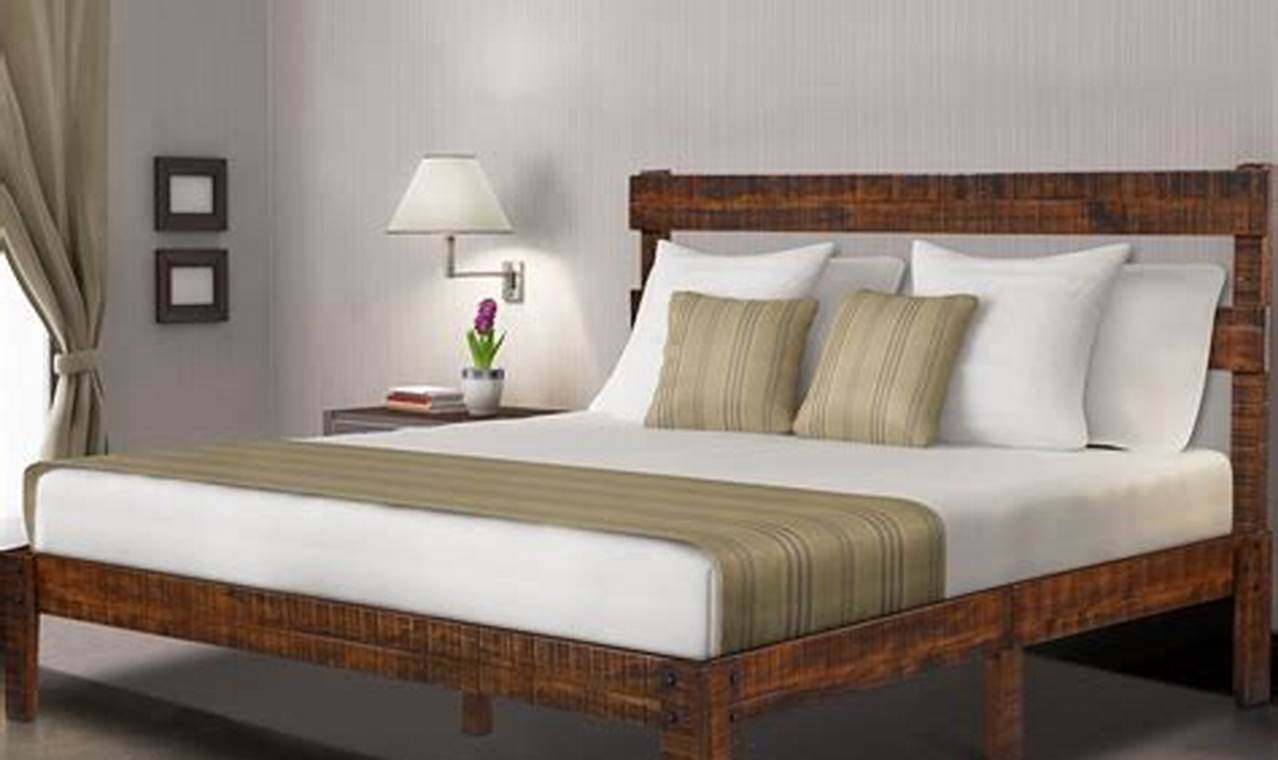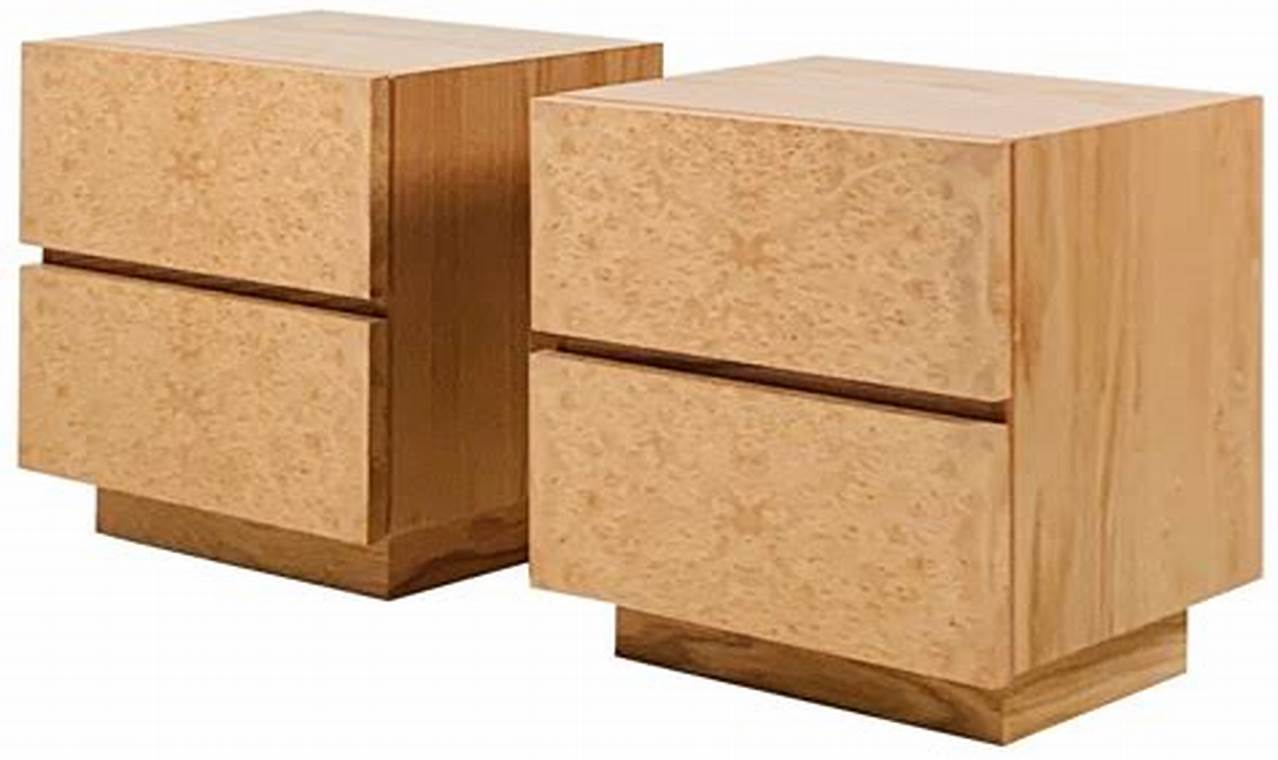Mold is a common problem in homes, especially in areas with high humidity. It can grow on wood, drywall, and other materials, and it can cause a variety of health problems, including allergies and asthma. If you have mold in your home, it is important to remove it as soon as possible.
Editor’s Notes: “What Kills Mold on Wood” has been a widely searched topic on the internet today. The reason behind this hike in searches can be attributed to the rising concerns of homeowners regarding the increased prevalence of mold growth on wood surfaces within their homes.
To help you get rid of mold on wood, we’ve put together this guide. We’ll discuss the different types of mold, how to identify mold on wood, and the best ways to remove it.
Key Differences or Key Takeaways
| Characteristic | Mold |
|---|---|
| Appearance | Fuzzy or powdery growth |
| Color | Varies (black, green, white, etc.) |
| Smell | Musty or earthy |
| Health Effects | Allergies, asthma, and other respiratory problems |
Main Article Topics
What Kills Mold on Wood
Mold is a common problem in homes, especially in areas with high humidity. It can grow on wood, drywall, and other materials, and it can cause a variety of health problems, including allergies and asthma.
- Bleach: A powerful disinfectant that can kill mold on wood, but it can also damage the wood.
- Vinegar: A natural disinfectant that can kill mold on wood without damaging the wood.
- Hydrogen peroxide: A natural disinfectant that can kill mold on wood without damaging the wood.
- Tea tree oil: A natural antifungal that can kill mold on wood.
- Borax: A natural disinfectant that can kill mold on wood.
- Baking soda: A natural deodorizer that can help to remove the smell of mold from wood.
- Dish soap: A surfactant that can help to break down mold and make it easier to remove.
- Water: Plain water can help to remove mold from wood, but it is not as effective as other methods.
- Sanding: Sanding can be used to remove mold from wood, but it is important to wear a mask to avoid inhaling the mold spores.
The best way to kill mold on wood depends on the severity of the mold infestation and the type of wood. If the mold infestation is severe, it may be necessary to use a commercial mold removal product. However, if the mold infestation is minor, it may be possible to remove the mold using one of the methods listed above.
Bleach
Bleach is a powerful disinfectant that can be used to kill mold on wood. However, it is important to note that bleach can also damage the wood. Therefore, it is important to use bleach carefully and according to the manufacturer’s instructions.
-
Facet 1: Effectiveness of bleach against mold
Bleach is a very effective disinfectant against mold. It kills mold spores and prevents them from spreading. Bleach is also effective at removing mold stains from wood.
-
Facet 2: Potential damage to wood
Bleach can damage wood if it is not used properly. Bleach can cause the wood to become discolored, weakened, and brittle. Bleach can also cause the wood to warp and crack.
-
Facet 3: Proper use of bleach
To use bleach safely and effectively on wood, it is important to follow the manufacturer’s instructions. Bleach should be diluted with water before it is applied to wood. Bleach should also be applied to a small area of wood first to test for damage.
-
Facet 4: Alternatives to bleach
There are a number of alternatives to bleach that can be used to kill mold on wood. These alternatives include vinegar, hydrogen peroxide, and tea tree oil. These alternatives are less likely to damage wood than bleach.
Bleach can be an effective way to kill mold on wood, but it is important to use it carefully. By following the manufacturer’s instructions and using bleach in a well-ventilated area, you can safely and effectively remove mold from wood.
Vinegar
Vinegar is a versatile household product that can be used for a variety of cleaning tasks, including killing mold on wood. It is a natural disinfectant that is effective at killing mold spores and preventing them from spreading. Unlike bleach, vinegar does not damage wood, making it a safe and effective choice for removing mold from wood surfaces.
-
Facet 1: Effectiveness of vinegar against mold
Vinegar is a highly effective disinfectant against mold. It kills mold spores on contact and prevents them from spreading. Vinegar is also effective at removing mold stains from wood.
-
Facet 2: Safety of vinegar for wood
Vinegar is a safe and gentle disinfectant for wood. It does not damage the wood or cause it to discolor. Vinegar is also non-toxic, making it a safe choice for use around children and pets.
-
Facet 3: Ease of use of vinegar
Vinegar is a very easy-to-use disinfectant. It can be applied to wood surfaces with a spray bottle or a cloth. Vinegar does not require rinsing, making it a quick and easy way to remove mold from wood.
-
Facet 4: Cost-effectiveness of vinegar
Vinegar is a very cost-effective disinfectant. It is inexpensive and can be found at most grocery stores. Vinegar is also a natural product, making it a sustainable choice for removing mold from wood.
Vinegar is a safe, effective, and affordable way to kill mold on wood. It is a natural disinfectant that does not damage wood and is easy to use. If you have mold on wood, vinegar is a great option for removing it.
Hydrogen peroxide
Hydrogen peroxide is a powerful disinfectant that can be used to kill mold on wood without damaging the wood. It is a natural product that is safe for use around children and pets. Hydrogen peroxide is also effective at removing mold stains from wood.
-
Facet 1: Effectiveness of hydrogen peroxide against mold
Hydrogen peroxide is a very effective disinfectant against mold. It kills mold spores on contact and prevents them from spreading. Hydrogen peroxide is also effective at removing mold stains from wood.
-
Facet 2: Safety of hydrogen peroxide for wood
Hydrogen peroxide is a safe and gentle disinfectant for wood. It does not damage the wood or cause it to discolor. Hydrogen peroxide is also non-toxic, making it a safe choice for use around children and pets.
-
Facet 3: Ease of use of hydrogen peroxide
Hydrogen peroxide is a very easy-to-use disinfectant. It can be applied to wood surfaces with a spray bottle or a cloth. Hydrogen peroxide does not require rinsing, making it a quick and easy way to remove mold from wood.
-
Facet 4: Cost-effectiveness of hydrogen peroxide
Hydrogen peroxide is a very cost-effective disinfectant. It is inexpensive and can be found at most drug stores. Hydrogen peroxide is also a natural product, making it a sustainable choice for removing mold from wood.
Hydrogen peroxide is a safe, effective, and affordable way to kill mold on wood. It is a natural disinfectant that does not damage wood and is easy to use. If you have mold on wood, hydrogen peroxide is a great option for removing it.
Tea tree oil
Tea tree oil is a natural antifungal that can be used to kill mold on wood. It is a powerful disinfectant that is effective at killing mold spores and preventing them from spreading. Tea tree oil is also effective at removing mold stains from wood.
Tea tree oil is a safe and effective way to kill mold on wood. It is a natural product that is non-toxic and does not damage wood. Tea tree oil is also a relatively inexpensive way to remove mold from wood.
To use tea tree oil to kill mold on wood, mix 10 drops of tea tree oil with 1 cup of water in a spray bottle. Shake the bottle well and spray the mixture onto the moldy area. Allow the mixture to sit for 10 minutes, then wipe the area clean with a damp cloth.
Tea tree oil is a versatile product that can be used for a variety of household cleaning tasks. It is a safe and effective way to kill mold on wood and other surfaces.
| Characteristic | Tea tree oil |
|---|---|
| Effectiveness against mold | Kills mold spores and prevents them from spreading |
| Safety for wood | Does not damage wood |
| Ease of use | Can be applied with a spray bottle or cloth |
| Cost-effectiveness | Relatively inexpensive |
Borax
Borax is a natural disinfectant that can be used to kill mold on wood. It is a white powder that is soluble in water. Borax is effective at killing mold spores and preventing them from spreading. It is also effective at removing mold stains from wood.
Borax is a safe and effective way to kill mold on wood. It is non-toxic and does not damage wood. Borax is also relatively inexpensive.
To use borax to kill mold on wood, mix 1 tablespoon of borax with 1 cup of water in a spray bottle. Shake the bottle well and spray the mixture onto the moldy area. Allow the mixture to sit for 10 minutes, then wipe the area clean with a damp cloth.
Borax is a versatile product that can be used for a variety of household cleaning tasks. It is a safe and effective way to kill mold on wood and other surfaces.
| Characteristic | Borax |
|---|---|
| Effectiveness against mold | Kills mold spores and prevents them from spreading |
| Safety for wood | Does not damage wood |
| Ease of use | Can be applied with a spray bottle or cloth |
| Cost-effectiveness | Relatively inexpensive |
Baking soda
Mold can cause a musty smell in your home. Baking soda is a natural deodorizer that can help to remove this smell. It is a safe and effective way to freshen up your home.
To use baking soda to remove the smell of mold from wood, sprinkle it on the affected area. Allow it to sit for several hours or overnight. Vacuum up the baking soda and the smell should be gone.
Baking soda is a versatile product that can be used for a variety of household cleaning tasks. It is a safe and effective way to remove the smell of mold from wood and other surfaces.
| Characteristic | Baking soda |
|---|---|
| Effectiveness against mold smell | Removes the smell of mold from wood |
| Safety for wood | Does not damage wood |
| Ease of use | Can be applied by sprinkling |
| Cost-effectiveness | Relatively inexpensive |
Dish soap
Mold is a fungus that can grow on wood and other materials. It can cause a variety of health problems, including allergies and asthma. Dish soap is a surfactant, which means that it can break down the surface tension of water. This makes it easier to remove mold from wood.
To use dish soap to kill mold on wood, mix 1 tablespoon of dish soap with 1 cup of water in a spray bottle. Shake the bottle well and spray the mixture onto the moldy area. Allow the mixture to sit for 10 minutes, then wipe the area clean with a damp cloth.
Dish soap is a safe and effective way to kill mold on wood. It is also a relatively inexpensive way to remove mold.
| Characteristic | Dish soap |
|---|---|
| Effectiveness against mold | Breaks down the surface tension of water, making it easier to remove mold |
| Safety for wood | Does not damage wood |
| Ease of use | Can be applied with a spray bottle or cloth |
| Cost-effectiveness | Relatively inexpensive |
Water
Water is a versatile substance that can be used for a variety of purposes, including cleaning. However, when it comes to removing mold from wood, water is not as effective as other methods.
-
Facet 1: Mold’s Resistance to Water
Mold is a fungus that can grow on a variety of surfaces, including wood. Mold spores are very resilient and can survive in a variety of conditions, including in water. This means that simply wiping down a moldy surface with water will not be enough to kill the mold.
-
Facet 2: Water’s Lack of Disinfection
Water is not a disinfectant. This means that it does not kill mold spores. In fact, water can actually help mold to spread by carrying the spores from one surface to another.
-
Facet 3: Water’s Potential to Damage Wood
Water can damage wood if it is not used properly. If wood is exposed to water for too long, it can rot or warp. This is why it is important to use other methods to remove mold from wood, such as bleach or vinegar.
-
Facet 4: Effectiveness of Other Methods
There are a number of other methods that are more effective at removing mold from wood than water. These methods include bleach, vinegar, hydrogen peroxide, and tea tree oil. These methods are all effective at killing mold spores and preventing them from spreading.
While water can be used to help remove mold from wood, it is not as effective as other methods. This is because mold is resistant to water, water is not a disinfectant, and water can damage wood. If you have mold on wood, it is best to use a more effective method to remove it.
Sanding
Sanding is a method that can be used to remove mold from wood. However, it is important to wear a mask when sanding moldy wood to avoid inhaling the mold spores. Mold spores can cause a variety of health problems, including allergies and asthma.
-
Facet 1: Effectiveness of Sanding
Sanding can be an effective way to remove mold from wood. Sanding removes the top layer of wood, which contains the mold spores. However, it is important to note that sanding will not kill the mold spores. It is important to use a disinfectant after sanding to kill the mold spores.
-
Facet 2: Safety Concerns
It is important to wear a mask when sanding moldy wood. Mold spores can be harmful if inhaled. Inhaling mold spores can cause a variety of health problems, including allergies and asthma.
-
Facet 3: Other Methods of Mold Removal
There are a number of other methods that can be used to remove mold from wood. These methods include bleach, vinegar, hydrogen peroxide, and tea tree oil. These methods are all effective at killing mold spores and preventing them from spreading.
-
Facet 4: Choosing the Right Method
The best method for removing mold from wood will depend on the severity of the mold infestation and the type of wood. If the mold infestation is severe, it may be necessary to use a commercial mold removal product. However, if the mold infestation is minor, it may be possible to remove the mold using one of the methods listed above.
Sanding can be an effective way to remove mold from wood. However, it is important to wear a mask when sanding moldy wood to avoid inhaling the mold spores. There are a number of other methods that can be used to remove mold from wood, so it is important to choose the method that is best for the specific situation.
FAQs on “What Kills Mold on Wood”
This section addresses common questions and misconceptions about methods to eliminate mold growth on wood surfaces, providing clear and informative answers to guide readers in effectively combating mold.
Question 1: What is the most effective way to kill mold on wood?
Answer: The effectiveness of mold removal methods varies depending on the severity of the infestation and the type of wood. For minor infestations, natural solutions like vinegar, hydrogen peroxide, or tea tree oil can be effective. For severe infestations, commercial mold removal products may be necessary.
Question 2: Is it safe to use bleach to kill mold on wood?
Answer: While bleach is a powerful disinfectant, it can damage wood surfaces. It should be used cautiously and according to the manufacturer’s instructions, especially on delicate or valuable wood.
Question 3: Can I use water alone to remove mold from wood?
Answer: Water is not an effective method for mold removal. It can spread mold spores and potentially damage the wood. Always use disinfectants or specialized mold removal solutions.
Question 4: Is sanding an effective way to remove mold from wood?
Answer: Sanding can remove the top layer of wood containing mold, but it does not kill mold spores. It is crucial to wear a mask during sanding to avoid inhaling spores. Follow up with a disinfectant to ensure thorough mold removal.
Question 5: How can I prevent mold growth on wood in the future?
Answer: To prevent mold growth, control moisture levels by using dehumidifiers, ensuring proper ventilation, and promptly addressing any water leaks. Regularly inspect wood surfaces for signs of mold and clean them with a mold-killing solution as needed.
Question 6: When should I call a professional for mold removal?
Answer: If the mold infestation is extensive, covers a large area, or affects structural components, it is advisable to contact a professional mold remediation specialist. They have the expertise and equipment to safely and effectively remove mold, ensuring the health and integrity of your property.
Summary of key takeaways or final thought: Understanding the proper techniques to eliminate mold on wood is crucial to maintain a healthy and mold-free environment. By following the guidelines outlined in this FAQ section, you can effectively combat mold growth, protect your wood surfaces, and ensure the well-being of your indoor spaces.
Transition to the next article section: For further insights into mold prevention and remediation, refer to the additional resources and expert advice provided in the following sections of this article.
Tips to Effectively Eliminate Mold on Wood
To maintain the integrity of wood surfaces and prevent the detrimental effects of mold growth, consider implementing these practical tips:
Tip 1: Identify and Address Moisture Sources
Mold thrives in moist environments. Identify and eliminate sources of moisture, such as leaks, condensation, or high humidity levels. Use dehumidifiers or improve ventilation to control moisture.
Tip 2: Clean and Disinfect Regularly
Regularly clean wood surfaces with a mold-killing solution. Use a vinegar solution, hydrogen peroxide, or commercial mold removers. Thoroughly dry the surface after cleaning to prevent further mold growth.
Tip 3: Use Mold-Resistant Paints and Sealants
Apply mold-resistant paints or sealants to wood surfaces, especially in areas prone to moisture. These coatings create a barrier that inhibits mold growth and makes cleaning easier.
Tip 4: Inspect and Maintain Wood Surfaces
Regularly inspect wood surfaces for signs of mold, discoloration, or damage. Promptly address any issues to prevent mold from spreading. Clean and disinfect affected areas immediately.
Tip 5: Control Indoor Humidity
Maintain an indoor humidity level below 60% to discourage mold growth. Use dehumidifiers, air conditioners, or ventilation systems to control moisture levels.
Summary of key takeaways or benefits: By implementing these tips, you can effectively prevent and eliminate mold growth on wood surfaces, ensuring their longevity and the health of your indoor environment.
Transition to the article’s conclusion: Remember, early detection and prompt action are crucial in combating mold. By following these guidelines and seeking professional assistance when necessary, you can maintain a mold-free and healthy living space.
Conclusion
Mold growth on wood can have detrimental effects on the integrity of structures and the health of occupants. Understanding effective methods to eliminate mold is crucial for maintaining a healthy and mold-free environment.
This comprehensive guide has explored various methods to kill mold on wood, including natural solutions like vinegar, hydrogen peroxide, and tea tree oil, as well as commercial mold removal products. It has emphasized the importance of identifying and addressing moisture sources, regular cleaning and disinfection, and implementing preventive measures to control mold growth.
Remember, early detection and prompt action are key to combating mold. By implementing the strategies outlined in this article and seeking professional assistance when necessary, you can effectively eliminate mold from wood surfaces, ensuring the longevity of your property and the well-being of your indoor spaces.
Youtube Video:




